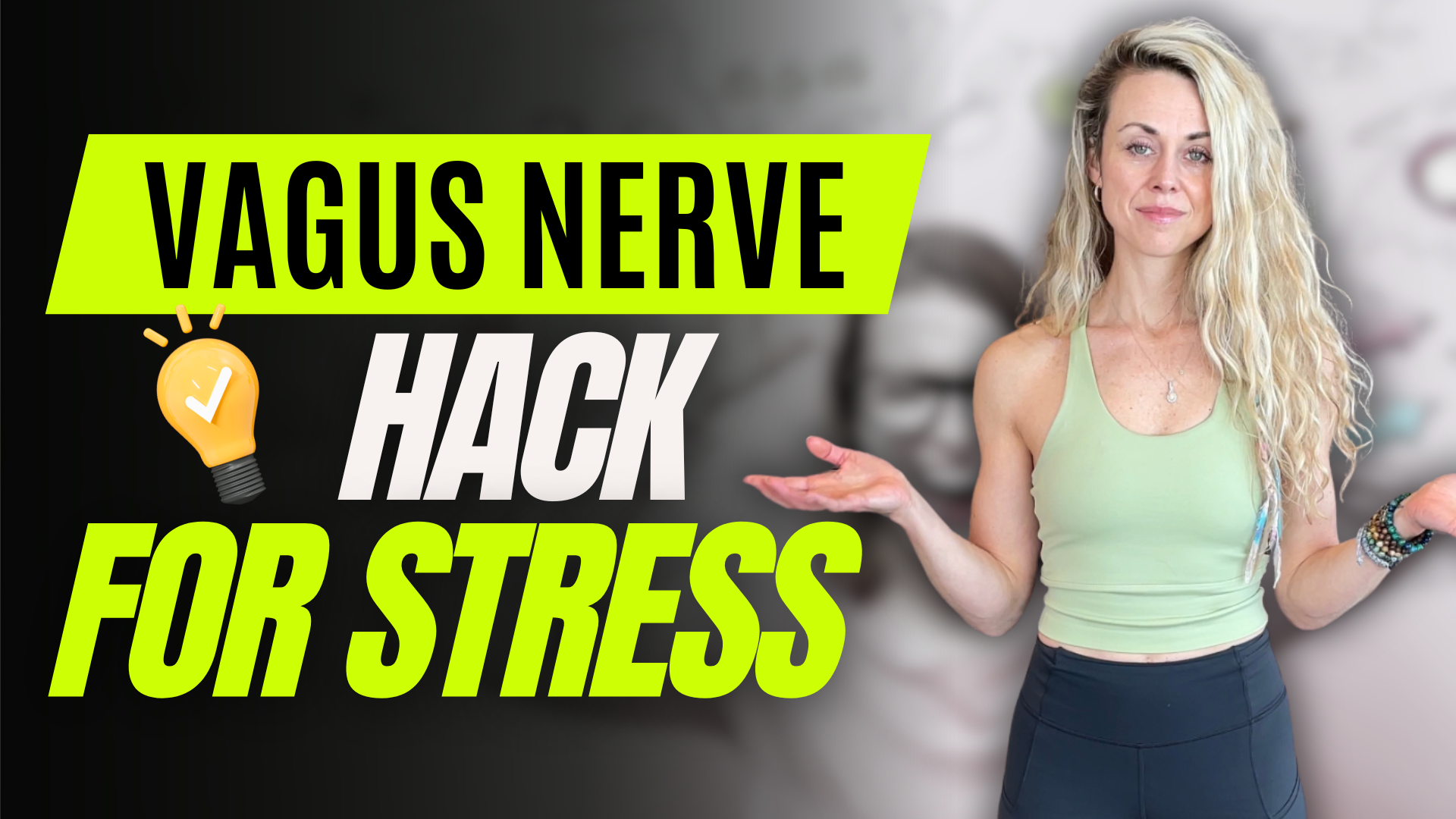Are you experiencing neck tension, upper back tightness, or perhaps feeling your nervous system out of balance? If so, keep reading for an incredible technique—vagus nerve stress relief.
This unique method works best for downregulating the sympathetic nervous system and upregulating the parasympathetic nervous system, promoting a state of rest and digestion.
Rather watch or listen?
Understanding the Stellate Ganglion & Stress Relief
In this technique, we’ll focus on the stellate ganglion. Located near the first rib, beneath the collarbone, the stellate ganglion is part of the sympathetic nervous system. By inhibiting this bundle of nerves, we induce a relaxation response, effectively dialing down the fight-or-flight response.
Before attempting this technique, it’s essential to consult with a medical professional, especially if you have underlying heart or vascular conditions.
How to Perform the Exercise
Begin by locating the tightness in your trapezius muscle—the area where neck tension often manifests. With your fingertips, feel along the border of this muscle towards the front of your body. As you sink down, you’ll encounter the first rib. Sink slightly forward from there, applying gentle pressure for about 90 seconds.
This deliberate pressure inhibits the sympathetic ganglion, gradually reducing the stress response. While you may initially experience a brief increase in sympathetic activity, this typically subsides as the hypothalamic-pituitary-adrenal axis is downregulated.
As you continue holding the pressure, you may notice calming signs such as a sigh, swallow, or an overall sense of relaxation.
Key Takeaway
This technique effectively balances the autonomic nervous system, complementing activities that promote parasympathetic responses like diaphragmatic breathing. Tempering the sympathetic response facilitates a smoother transition into relaxation.
Moreover, it enhances blood and lymph flow, particularly beneficial for addressing nerve issues, swelling, or symptoms associated with thoracic outlet syndrome. This technique can be applied to either side of the body and also aids in releasing tension in the thoracic spine.
Exploring this method can yield significant benefits in alleviating stress and promoting overall well-being.
If this was helpful, please give it a like, share it, and subscribe to our YouTube channel, the Movement Paradigm, for weekly tips on mindset, nutrition, and movement. Our goal is to help you live your best life, heal, transform, and, more importantly, thrive.
You can always join us in our app, the Movement Paradigm. We have lots of challenges every other month—everything from movement to the nervous system, nutrition, and so on. And we have a great community of people.
You can also reach out to us for an individual appointment for functional medicine or holistic physical therapy. If you really want to get to the root cause, please reach out to us.
Other things that might interest you:

